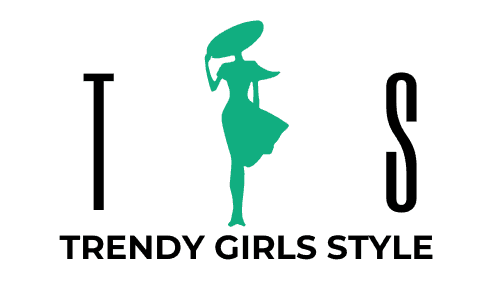
While 86% of people have a budget and 68% say it would help them reach their goals, a staggering 60% live paycheck to paycheck—up from 50% just two years ago.
The problem isn’t lack of financial knowledge; it’s that traditional budgeting feels restrictive and shame-inducing, focusing on deprivation rather than mindful decision-making.
What if there was a budgeting alternative that actually made saving feel natural? Enter Kakeibo, a 120-year-old Japanese money saving method that uses psychology instead of willpower, requires nothing more than pen and paper, and transforms your relationship with money through mindful spending practices that have helped users save 35% on monthly expenses.
Stop Fighting Your Budget: Why Japan’s 120-Year-Old Money Method Actually Works
You check your bank account and feel that familiar punch to the gut. Another month where you promised to stick to your budget, and another month where you failed.
You’re not alone. And you’re not broken.
The problem isn’t you. It’s the system.
Why Traditional Budgets Fail (And Why Your Brain Fights Them)
Here’s a fact that might surprise you: 68% of people believe budgets would help them. But 40% never even create one.

Why? Because your brain treats budgets like diets. Both rely on restriction. Both make you feel shame when you “mess up.” Both set you up to fail.
Think about the last time you tried to budget. You probably downloaded an app or opened a spreadsheet. You set strict limits for everything. Then you felt guilty every time you bought coffee or ordered takeout.
This creates what experts call the restriction-shame cycle. You restrict yourself, you break the rules, you feel shame, you give up. Sound familiar?
Traditional budgeting culture tells you to track every penny. It makes spending the enemy. It turns money decisions into a constant battle between “good” and “bad” choices.
But here’s the real problem: when you focus on restriction, you disconnect from the actual decision. Apps and spreadsheets don’t help you understand why you spend money. They just track it after you’ve already spent it.
The numbers tell the story of why this approach doesn’t work:
- 63% of adults couldn’t cover a $400 emergency with cash
- 52% of Americans live paycheck to paycheck
These aren’t statistics about lazy people or bad people. These are numbers that show our current approach to money management is broken.
Your brain isn’t wired to handle constant restrictions. When you tell yourself “I can’t have this,” your brain starts wanting it more. When you do buy it, you feel guilty. When you feel guilty, you avoid looking at your money situation. When you avoid it, you lose control.
The cognitive load of tracking every expense exhausts your mental energy. By the end of the day, you’re too tired to make good financial decisions. So you default to old habits.
This is why you need a different approach. One that works with your psychology, not against it.
Meet Kakeibo: Japan’s 120-Year-Old Money Philosophy
In 1904, a Japanese woman named Hani Motoko created something that would change how millions of people think about money.
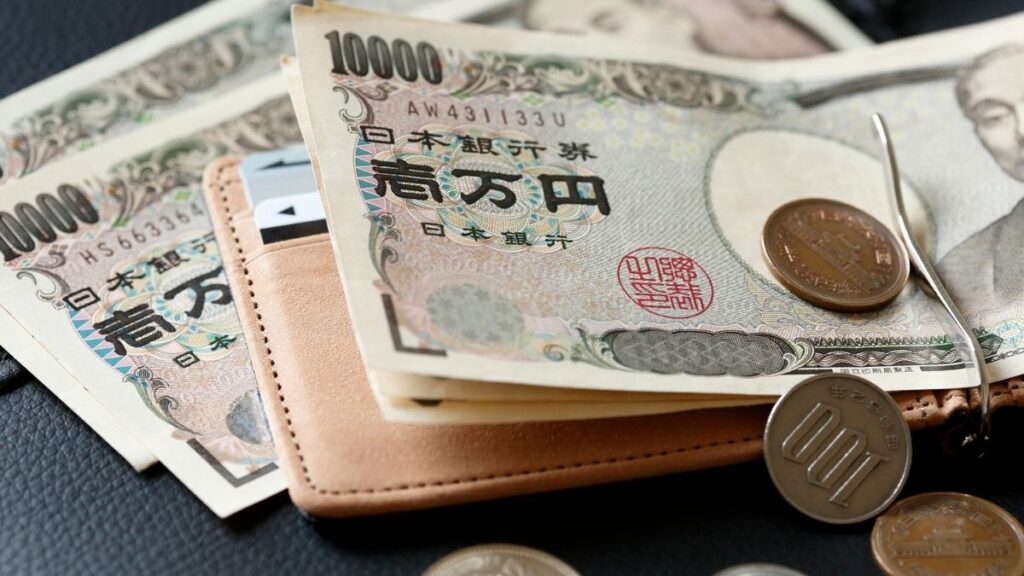
Motoko was Japan’s first female journalist. She noticed that families were struggling with money, not because they didn’t have enough, but because they didn’t understand their relationship with it.
She created Kakeibo (pronounced “kah-keh-boh”). It translates to “household financial ledger,” but that doesn’t capture what it really is.
Kakeibo isn’t just a budgeting method. It’s a complete mindset shift.
Instead of fighting your spending, Kakeibo teaches you to understand it. Instead of restricting yourself, it helps you make conscious choices. Instead of shame, it creates awareness.
The results speak for themselves. People who use Kakeibo report saving 35% on monthly expenses. Not by cutting out everything they enjoy, but by becoming more intentional about what they buy.
Kakeibo fits into Japan’s broader philosophy about money and life. They have a concept called “mottainai” – avoiding waste by appreciating what you have. They also practice “ikigai” – living with purpose and intention.
These aren’t just nice ideas. They’re practical approaches that help people build wealth while actually enjoying their lives.
Here’s what makes Kakeibo different: it assumes you’re smart enough to make good decisions when you have the right information and the right mindset.
Traditional budgets tell you what you can’t do. Kakeibo helps you figure out what you want to do.
Real people who use this method share similar stories. They talk about feeling more in control without feeling restricted. They describe making better money decisions without constantly calculating and recalculating numbers.
One user put it this way: “I went from panic-spending to peaceful spending. I still buy things I want, but now I know why I want them.”
That’s the power of working with your psychology instead of against it.
The Science Behind Why Handwriting Beats Apps Every Time
You probably think using an app is more efficient than writing things down by hand. The science says you’re wrong.
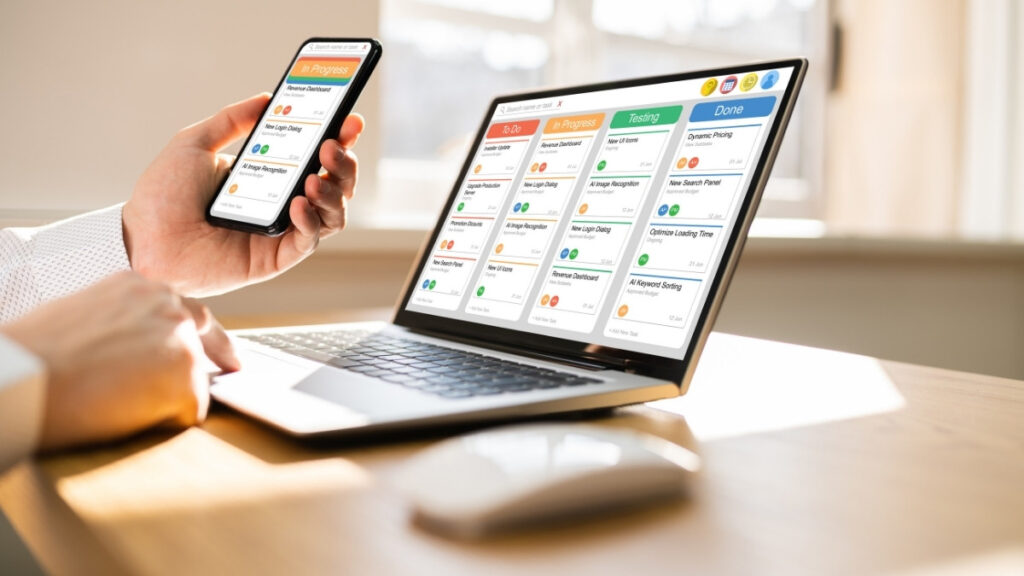
When you write by hand, your brain activates networks involved in motor skills, sensory processing, and cognitive thinking. When you type, you only activate a narrow slice of your brain.
This means handwriting creates stronger neural connections. Your brain remembers handwritten information better and processes it more deeply.
But there’s more to it than just memory.
The physical act of writing slows you down. This isn’t a bug – it’s a feature. When you slow down, you give your brain time to process what’s happening. You move from reactive spending to conscious spending.
Think about the last time you bought something online. You probably clicked “buy now” without much thought. Now imagine having to write down every purchase by hand, including why you bought it and how you felt.
That pause changes everything.
Research shows that mindfulness practices improve your ability to control attention and regulate emotions. Both skills are crucial for good financial decisions.
When you use apps, spending feels abstract. Numbers on a screen don’t create the same emotional connection as physically writing “$45 – takeout because I was stressed about work.”
Writing creates accountability through physical evidence. You can’t ignore a notebook full of impulse purchases the way you can ignore app notifications.
This physical connection helps prevent what psychologists call “payment depreciation.” That’s when spending money feels less real because it’s disconnected from physical cash or physical records.
Studies also show that handwriting improves your ability to stick to long-term goals. The physical act of writing activates brain regions associated with goal-setting and follow-through.
Apps promise to make money management easier. But easier isn’t always better. The friction of handwriting isn’t a problem to solve – it’s the solution itself.
When you slow down enough to write things down, you create space between impulse and action. In that space, you can make choices that align with your actual goals instead of your momentary feelings.
This is why people who use handwritten methods like Kakeibo see better results than people who rely on digital tools alone.
The 4 Pillars: How Kakeibo Sorts Your Money Psychology
Kakeibo divides all spending into four categories. But these aren’t just categories – they’re windows into your money psychology.
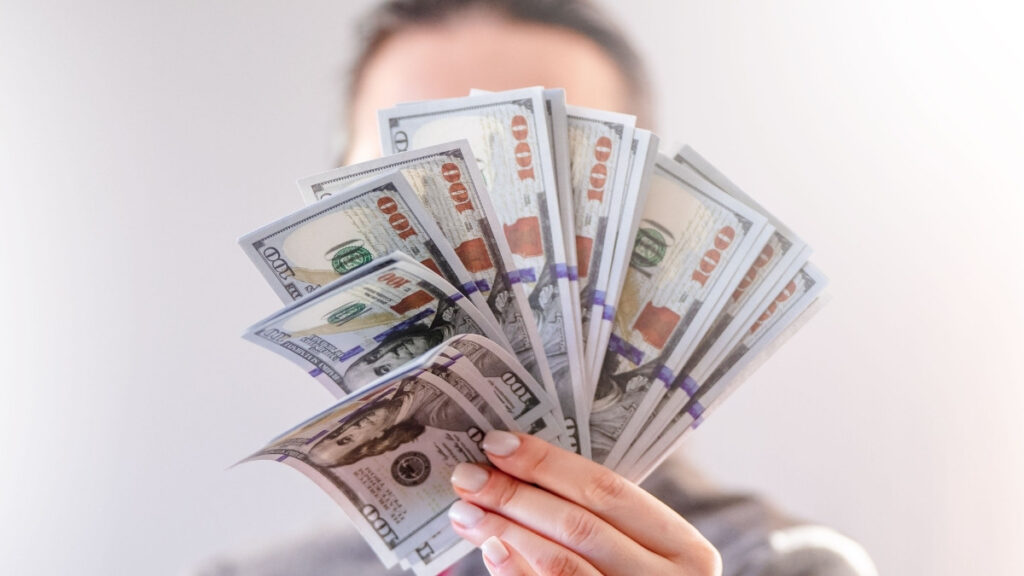
Needs (Survival) This covers basic expenses for living. Housing, utilities, food, transportation. Things you literally need to survive and function.
Most people think they’re good at identifying needs. They’re not. We’ve gotten very good at convincing ourselves that wants are actually needs.
That premium cable package isn’t a need. That daily $6 coffee isn’t a need. The fancy car payment when a reliable used car would work isn’t a need.
When you write down expenses in the Needs category, ask yourself: “Would I die, get sick, or lose my job without this?” If the answer is no, it goes in a different category.
Wants (Optional Comfort) This includes dining out, entertainment, non-essential shopping. Things that make life more comfortable or fun but aren’t required for survival.
Here’s where most people get into trouble. They either pretend wants don’t exist (restriction-based budgeting) or they treat all wants as equally important.
Kakeibo teaches you to be honest about wants while making conscious choices about them. You can have wants. You just need to choose which ones matter most to you.
Culture (Joy & Growth) This category is unique to Japanese thinking. It covers books, classes, experiences that enrich your life and help you grow as a person.
Western budgeting often treats all “non-essential” spending the same. Kakeibo recognizes that some spending feeds your soul and builds your future self.
A cooking class might cost the same as a night of bar hopping. But they have very different impacts on your life and wellbeing.
Culture spending isn’t selfish – it’s strategic. When you invest in learning and growth, you become more capable of earning and creating value.
Unexpected (Life’s Curveballs) Emergencies, repairs, surprise expenses. The stuff that happens whether you plan for it or not.
Traditional budgets often ignore this category or treat it as “budgeting failure.” Kakeibo acknowledges that unexpected expenses are part of life.
When you track unexpected expenses, you start to see patterns. Your car needs repairs every few months. Your phone breaks annually. Your family always has surprise events that require gifts.
These aren’t actually unexpected once you start paying attention. They’re irregular but predictable.
Here’s the psychological insight: when you categorize spending this way, you see your money patterns clearly. You might discover you’re spending $300 monthly on things you call “needs” that are actually wants. Or that you never spend money on Culture – no wonder you feel stuck in your career.
The categories reveal your financial personality and help you make intentional changes.
The 7 Kakeibo Questions That Stop Overspending Cold
Before you buy anything non-essential, ask yourself these seven questions. They create a pause between impulse and action. In that pause, you make better decisions.

1. Can I live without this item? This isn’t about whether you want it. It’s about whether you need it for survival or basic function.
Be honest. That new gadget might be cool, but you can live without it. That restaurant meal might taste good, but you can eat at home.
This question cuts through marketing messages and social pressure. It brings you back to reality.
2. Based on my financial situation, can I afford it? “Afford” doesn’t mean “I have enough money in my account right now.” It means “I can buy this without hurting my financial goals or security.”
If buying this means you can’t pay rent, you can’t afford it. If buying this means you can’t save money this month, you can’t afford it.
Check your bank balance before answering. Many people avoid looking at their balance because they’re afraid of what they’ll see. This avoidance leads to overspending.
3. Will I actually use it? Think about the last five non-essential things you bought. How many are you still using regularly?
We’re great at imagining future versions of ourselves who will definitely use that gym membership, read that book, or wear that outfit. Reality is usually different.
Look around your home. How much stuff did you buy with good intentions that now sits unused?
4. Do I have space for it? Physical clutter creates mental clutter. Every item you own requires space, attention, and energy to maintain.
If you don’t have space for something, you either don’t need it or you need to get rid of something else first.
This question is especially powerful for clothes shopping. If your closet is full, buying more clothes just creates stress.
5. How did I come across it? Did you see it in an ad? Were you browsing when you were bored? Did a store display catch your eye?
Marketing is designed to create desire for things you didn’t know you wanted five minutes ago. When you understand how you encountered an item, you can separate genuine need from manufactured want.
If you found it while “just browsing,” that’s a red flag. If you’ve been researching it for weeks because you have a specific problem to solve, that’s different.
6. What’s my emotional state today? Are you stressed, sad, excited, bored, angry, or celebrating?
Different emotions drive different spending patterns. Stress makes people buy comfort items. Excitement makes people buy expensive things they don’t need. Boredom leads to impulse purchases.
When you’re aware of your emotional state, you can separate the emotion from the purchase decision.
If you’re buying something to change how you feel, wait 24 hours. The feeling will pass, but the purchase might not be what you actually need.
7. How will I feel about buying it in 24 hours? This is the most powerful question. It forces you to imagine your future self looking back at this decision.
Will you feel good about it tomorrow? Next week? Next month?
Often, the anticipation of buying something feels better than actually owning it. The 24-hour rule helps you separate the excitement of purchasing from the reality of ownership.
For purchases over $100, always wait 24 hours before buying. Write down what you want to buy and why. Then check back tomorrow.
Most of the time, you’ll realize you don’t actually want or need it.
These questions work because they activate your rational brain before your emotional brain takes control. They create space for wisdom instead of impulse.
Your 30-Day Kakeibo Quick Start Guide
Ready to try Kakeibo? Here’s exactly how to start, week by week.
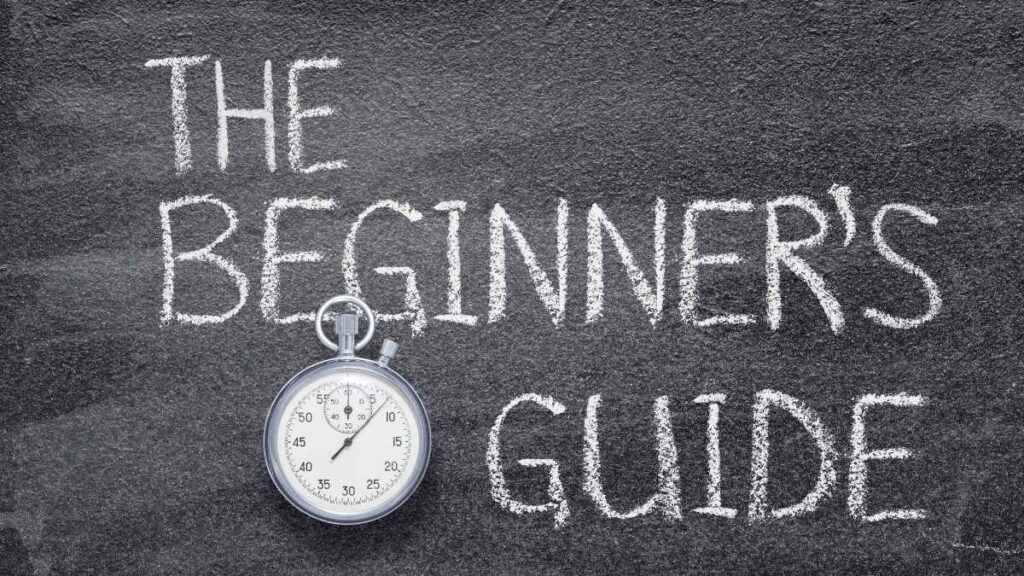
Week 1: Setup
Get a notebook. Not an app – a physical notebook. It doesn’t need to be fancy, but it should be small enough to carry with you.
Set a realistic monthly savings goal. If you’ve never saved money consistently, start with $100. If you already save some money, try to increase it by 20%.
List your fixed expenses and monthly income. Fixed expenses include rent, insurance, loan payments, subscriptions – anything that stays the same each month.
Create an intention beyond just “save money.” What do you want the money for? Emergency fund? Vacation? Getting out of debt? Write this goal in your notebook where you’ll see it every day.
Your intention gives context to your daily spending decisions. “Should I buy this coffee?” becomes “Is this coffee more important than my emergency fund?”
Week 2-3: Daily Practice
Record every expense with its category (Needs, Wants, Culture, Unexpected) and your emotional state when you bought it.
Don’t judge yourself. Just observe and write.
“$12 – lunch out – Wants – feeling rushed and didn’t pack lunch” “$25 – book about investing – Culture – excited about learning” “$8 – coffee – Wants – tired and wanted caffeine”
Ask the seven questions before any non-essential purchase. Actually ask them out loud if you need to.
Do a weekly mini-review every Sunday. Add up what you spent in each category. Look for patterns in your emotional spending.
You might notice you spend more on Wants when you’re stressed. Or that you never spend money on Culture. Or that your “Unexpected” expenses happen at predictable times.
Week 4: Monthly Reflection
Calculate your actual savings compared to your goal. If you saved less than planned, look at your Want and Culture spending to see where you can adjust.
If you saved more than planned, celebrate! Then consider whether you can increase your goal for next month.
Identify your spending patterns and emotional triggers. What emotions lead to spending? What times of day or week do you spend the most?
Look for spending that doesn’t align with your stated values and goals. Are you spending money on things that don’t actually make you happier or move you closer to your goals?
Celebrate what worked well. Did the seven questions help you avoid any purchases? Did writing things down make you more aware of your spending?
Adjust your approach for next month based on what you learned. Maybe you need to pack lunch more often. Maybe you should do your grocery shopping at a different time of day.
Troubleshooting Common Problems
“I keep forgetting to write things down.” – Start by just writing down purchases over $20. Once that becomes a habit, write down everything.
“I feel guilty about my spending.” – Kakeibo is about awareness, not judgment. Notice the guilt, but don’t let it stop you from being honest about your spending.
“I’m not saving as much as I wanted.” – Lower your savings goal to something more realistic. Success builds momentum better than failure builds discipline.
“This feels like too much work.” – You’re probably trying to be too detailed. Simple notes are better than no notes.
The key is consistency, not perfection. Even imperfect tracking gives you more insight than no tracking at all.
10 Modern Kakeibo Hacks for 2025 Living
Traditional Kakeibo was designed for 1904 Japan. Here’s how to adapt it for modern life.

1. Digital Receipt System Take photos of digital receipts and store them in a folder on your phone. At the end of each day, transfer the information to your notebook. This captures online purchases and app payments that don’t generate physical receipts.
2. Monthly Subscription Audit Review all recurring subscriptions monthly using the Culture category. Ask: “Did I actually use Netflix this month? Am I still reading that magazine?” Cancel anything you didn’t use. Subscriptions are sneaky budget killers because they feel small but add up quickly.
3. Inflation Reality Check Adjust your categories for 2025’s higher costs. What used to be a reasonable grocery budget might not cover the same food anymore. Update your expectations based on current prices, not what things cost two years ago.
4. Social Spending Strategy Create guidelines for group expenses before you’re in the moment. Decide how much you’ll spend on group dinners, shared gifts, or activities with friends. Write these limits in your notebook so you can reference them when someone suggests an expensive group activity.
5. Investment as Future Self Spending Treat money you put into retirement accounts or investments as spending on your future self. Write it in the Culture category because it’s growing your future capabilities and security.
6. Side Hustle Integration If you have multiple income sources, track them separately but spend from one main account when possible. This makes it easier to see your total spending patterns without getting confused by which money came from where.
7. Travel Budget Planning Use all four Kakeibo categories when planning trips. Needs (flights, hotel), Wants (souvenirs, fancy dinners), Culture (museums, tours), Unexpected (travel delays, medical needs). This prevents vacation spending from destroying your regular budget.
8. Mindful Gift Spending Before buying gifts, ask the seven questions plus one more: “Am I buying this because I want to give it, or because I feel obligated?” Obligation-based gift spending often leads to overspending on things the recipient doesn’t really want.
9. Health Investment Balance Separate immediate health needs (doctor visits, prescriptions) from preventive health spending (gym, supplements, therapy). Both matter, but they fit different categories and require different decision-making approaches.
10. Climate-Conscious Choices Add environmental impact as an eighth question: “Does this purchase align with my environmental values?” Sometimes the cheaper option costs more when you factor in environmental and social impacts. Sometimes the expensive “eco-friendly” option is just marketing.
These adaptations help you use Kakeibo principles in a world of digital payments, subscription services, and complex financial lives.
The core idea stays the same: create awareness before action, understand your emotional relationship with money, and make conscious choices instead of automatic ones.
Real Results: Why Kakeibo Beats Every Budgeting App
Numbers don’t lie. People who use Kakeibo see better results than people who use traditional budgeting methods.

Users report an average 35% reduction in unnecessary spending within three months. But here’s what’s more impressive: they don’t feel deprived.
Traditional budget users often save money for a few months, then give up and spend more than before. Kakeibo users develop sustainable habits that last.
They make faster decisions about purchases because they have a clear framework for evaluation. Instead of wondering “Can I afford this?” they ask specific questions that lead to clear answers.
People report reduced financial stress and increased life satisfaction. When you understand why you spend money, you feel more in control of your financial life.
Most importantly, Kakeibo users report better alignment between their spending and their values. They spend money on things that actually matter to them while naturally reducing spending on things that don’t.
Compare this to traditional budgeting success rates. While 89% of people report that budgeting helps them stay out of debt when done mindfully, most people struggle to maintain restrictive budgets long-term.
The difference is mindfulness versus restriction. Kakeibo creates sustainable awareness. Traditional budgets create temporary control.
Apps track your spending, but they don’t change your relationship with money. Kakeibo changes how you think about every purchase.
The handwritten element isn’t just nostalgic – it’s neurologically superior. The physical act of writing creates stronger memory formation and better emotional processing than typing or tapping.
Real users describe the transformation: “I went from avoiding my bank account to checking it daily without anxiety.” “I stopped buying things to make myself feel better and started buying things because they actually improved my life.”
These aren’t just feel-good stories. They represent a fundamental shift from reactive to conscious money management.
Start Your Kakeibo Journey Today
Your relationship with money doesn’t have to be a constant battle between restriction and guilt.
Kakeibo offers a different path. One where you work with your psychology instead of fighting it. Where awareness replaces restriction. Where conscious choices replace automatic reactions.
The method has worked for over 120 years because it addresses the real problem: most people don’t understand why they spend money or how their emotions drive their financial decisions.
You don’t need a perfect budget. You need a sustainable practice that helps you make better decisions one purchase at a time.
Start small. Grab a notebook. Before you buy anything non-essential this week, ask yourself the seven questions. Write down your answers.
That’s it. No complex spreadsheets, no guilt, no restriction. Just awareness and intention.
The Japanese understanding of money as a tool for living intentionally, rather than a source of stress and conflict, can transform how you think about every financial decision.
Your future self will thank you for starting today.
